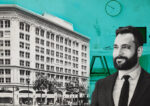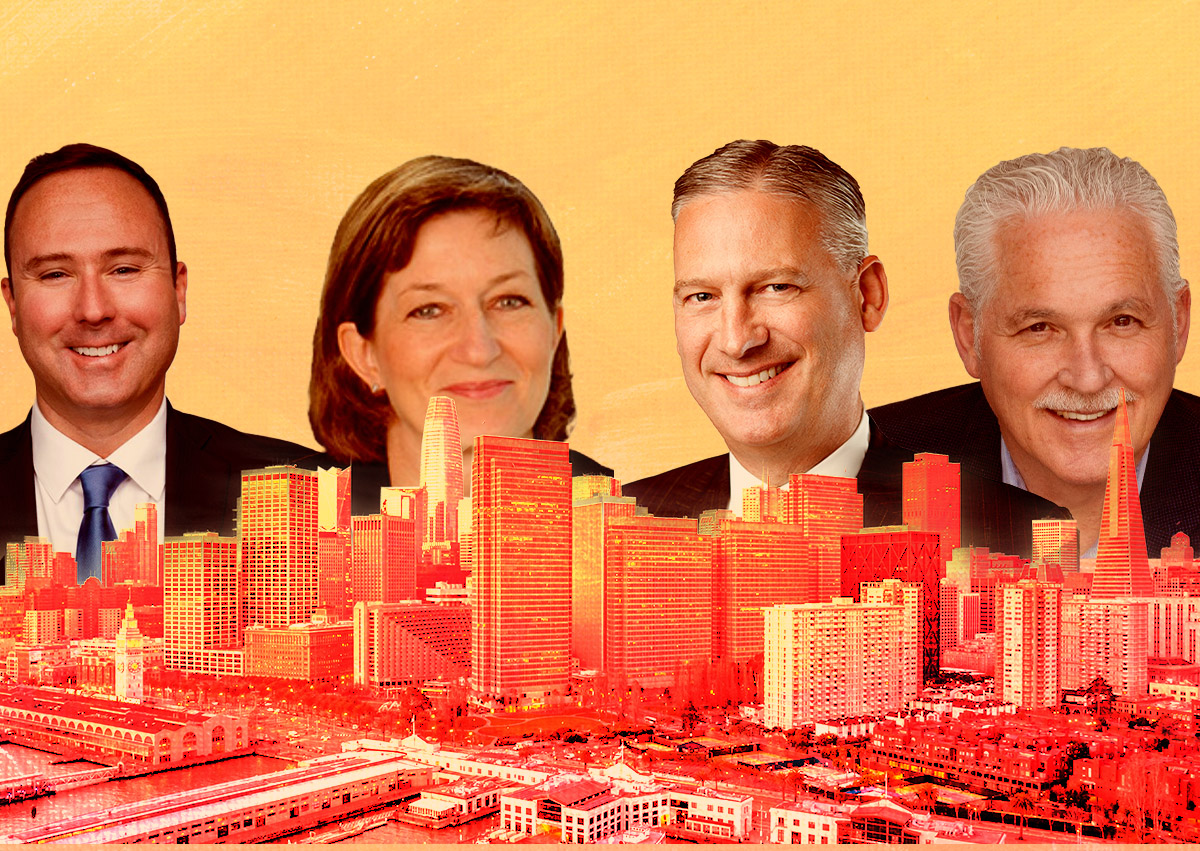More than one in 10 historic office buildings in Downtown San Francisco could be converted into homes.
That’s the conclusion of a new report from Moody’s Analytics, which found that 13 percent of the city’s smaller historic office buildings are candidates for office-to-home conversions, the San Francisco Chronicle reported.
The study comes on the heels of another report by Columbia and New York universities, which concluded this fall that 9 percent of the city’s Downtown offices — or 47 buildings — could be turned into homes.
The issue of how to fill San Francisco’s vast number of empty offices has cast a spotlight on the number of workforce cubicles that could be replaced by kitchens.
The Moody’s report includes a “top 10” list of buildings most suitable for conversion, including those with high vacancy and small enough floor plates to allow for natural light. Such buildings include those near public transit with looming lease expirations unlikely to be renewed.
They include three aging buildings at 602-606 Mission Street, 611 Mission and 601 Market Street on the south side of Market Street.
They also include seven historic buildings at 211 Sutter Street, 391 Sutter Street, 222 Front Street, 535 Pacific Street, 545 Sansome Street, 250 Montgomery Street and 133 Kearny Street in the Financial District and Jackson Square.
Moody’s Analytics also compared potential conversions in San Francisco to permit data from New York City, Chicago and Washington, D.C.,which looked at 77 conversion projects over the past 20 years.
The analysis showed that the average age of conversion properties tended to be older buildings built during the Great Depression, with an average completion date of 1932. Such buildings were 24 percent smaller than most other offices.
The report also concentrated on older “Class B and C” properties, the value of which have plummeted as a shift to remote work during the pandemic has left the city with more than a third of its offices vacant, according to CBRE.
In the market, the value of some Downtown buildings have been cut in half, with several Financial District towers selling for less than $200 a square foot.
The city’s first conversion since the pandemic is a plan by Taiwan-based Group I to create 27 units in the century-old Warfield Building at 988 Market Street, while retaining some offices. The developer was scheduled to appear before a Board of Supervisors committee regarding a potential tax abatement on Thursday, Dec. 7.
Group i principal Mark Shkolnikov said that construction would start next year and take nine months.
“We are down to the wire, but I think we have a good game plan,” Shkolnikov told the Chronicle.
It’s being fast-tracked by an adaptive reuse ordinance approved in June. The law, authored by Mayor London Breed and Supervisor Aaron Peskin, exempts conversions from fees and taxes.
Breed also plans to go to the voters in March of next year with a ballot measure that would waive the city’s transfer tax on buildings converted from office to residential use.
This fall, eight office building owners responded to a city request for information targeting landlords interested in turning their offices into homes, resulting in as many as 1,100 apartments or condominiums.
Planning Director Rich Hillis suggested San Francisco might have to sweeten the pot with more incentives if it wants to see a critical mass of conversion projects.
“Generally, where cities have been successful in larger numbers of conversions, they have provided financial incentives to assist with feasibility,” Hillis told the Chronicle.
— Dana Bartholomew
Read more



